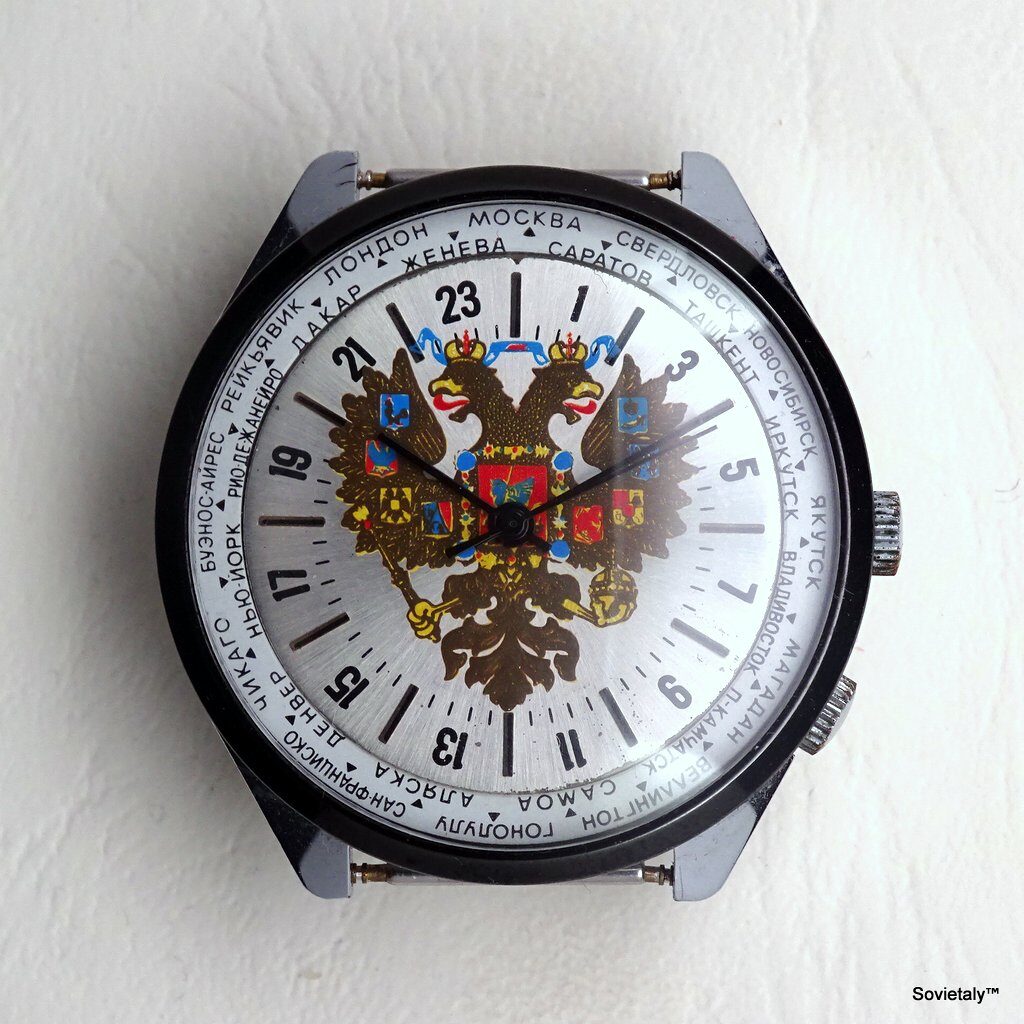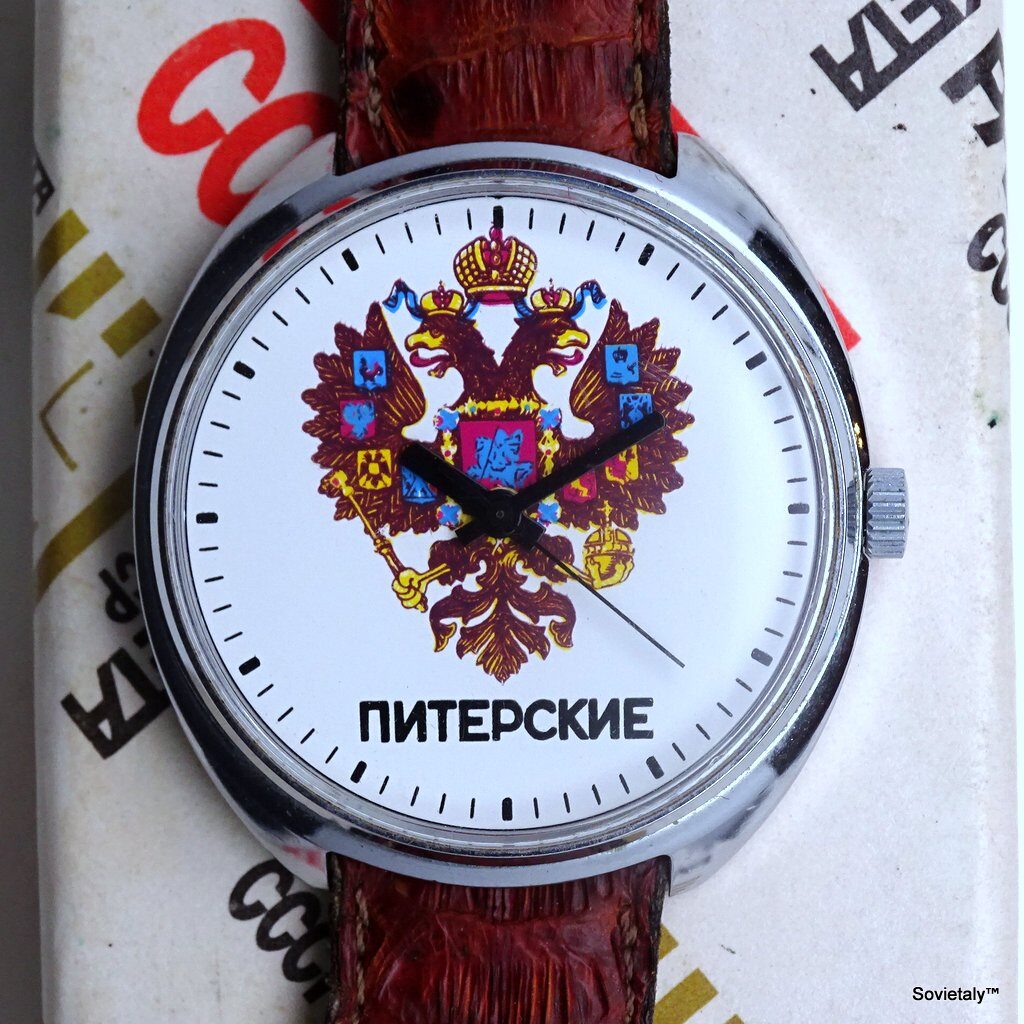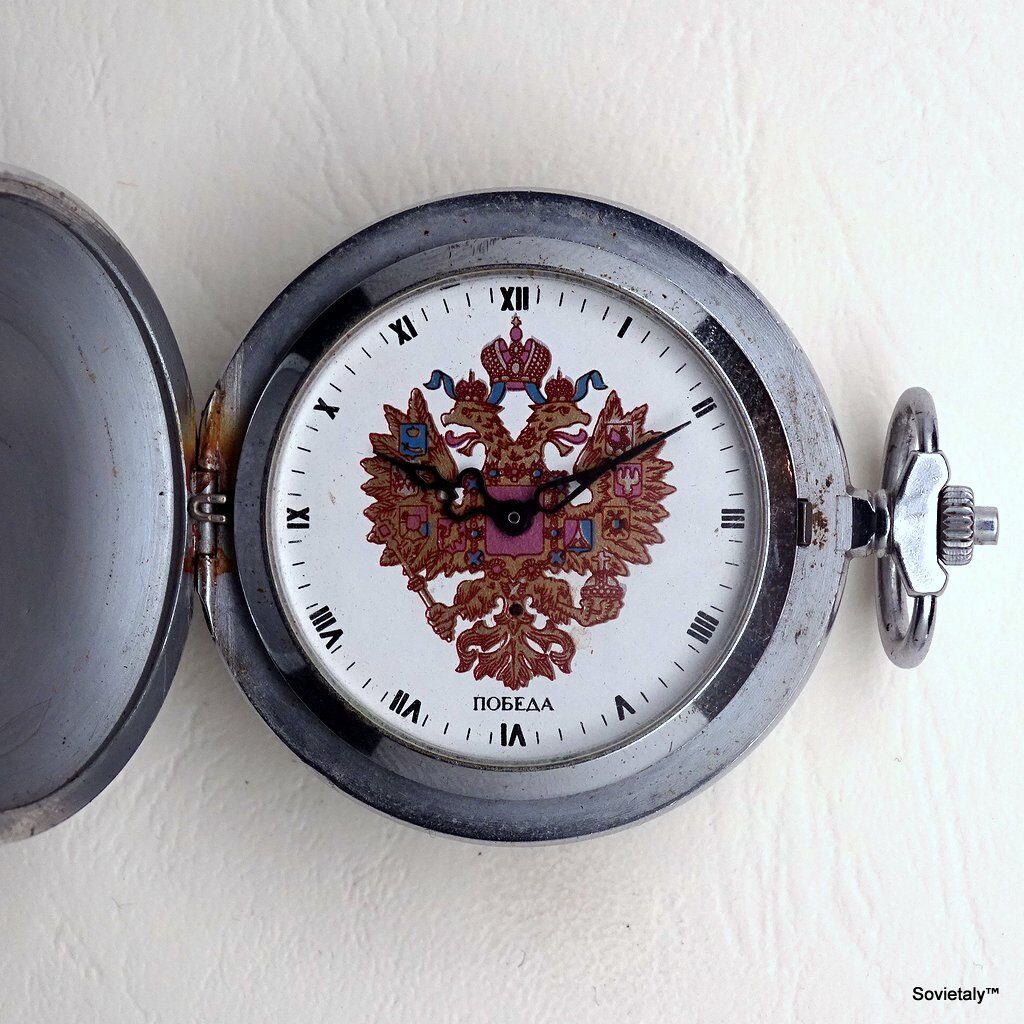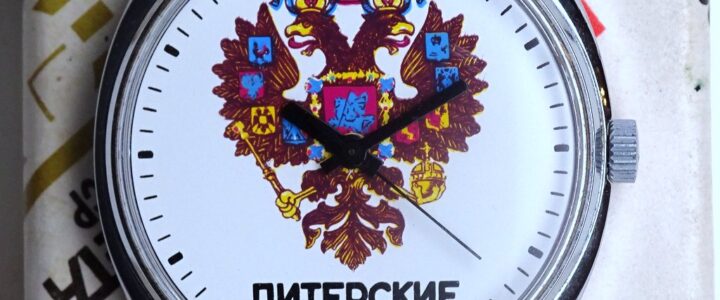The double-headed eagle is a symbol of great historical significance, with origins dating back to the Roman period. The first use of the double-headed eagle is attributed to Constantine I in the 1st century AD. The two heads of the eagle, facing in opposite directions, represent the union of two empires: the Eastern and the Western. This powerful symbol has traversed centuries and cultures, maintaining a meaning of power, sovereignty, and unity.

The Symbolism of the Double-Headed Eagle in History and Flags
National Flags
- Albania: The Albanian flag features a black double-headed eagle on a red background. This symbol represents the courage, freedom, and heroism of the Albanian people. The double-headed eagle is associated with Skanderbeg, a national hero who fought against the Ottoman Empire.
- Serbia: The Serbian flag incorporates a white double-headed eagle, a symbol representing the country’s sovereignty and unity. The eagle is topped with a crown and holds a sceptre and orb, symbols of power and authority.
- Montenegro: The Montenegrin flag shows a gold double-headed eagle with a red shield in the centre. The two heads symbolise the union of church and state, while the shield represents the ruling Petrović-Njegoš dynasty.
City Crests
- Belgrade, Serbia: The crest of Belgrade features a double-headed eagle symbolising the city’s protection and defence.
- Essen, Germany: The symbol of the double-headed eagle appears in Essen’s crest, representing the city’s historical importance and influence.
- Velletri, Italy: Velletri also uses the double-headed eagle in its crest, symbolising its ancient origin and historical continuity.
- Rijeka, Croatia: An interesting exception is the city of Rijeka, whose crest features a double-headed eagle with both heads facing to the right, rather than in opposite directions like most other examples.
The Double-Headed Eagle in the Russian Emblem
The double-headed eagle of Russia has a complex and fascinating history. Currently, the official Russian emblem features a gold double-headed eagle on a red background, with the emblem of Moscow (depicting Saint George) superimposed. Over time, the eagle’s colour has changed from gold to black and back again, and the crowns have appeared, disappeared, and reappeared. Today, the two heads of the eagle are surmounted by a single crown with a further crown above it, symbolising unity.
The Objects in the Eagle’s Claws
The Russian double-headed eagle holds two symbols of power in its claws:
- Sceptre: In the left claw, the eagle holds a sceptre, representing authority and sovereign power. The sceptre is an ancient regal symbol used by monarchs to indicate their supreme authority.
- Orb: In the right claw, the eagle holds an orb, symbolising the universal dominion of Christianity and the divine authority of the sovereign. The orb is topped with a cross, representing God’s sovereignty over the Earth.

Analysis of the Shields on the Double-Headed Eagle
The images of Russian Zim watches show various designs featuring the double-headed eagle and several symbolic elements. One of the watches displays an eagle with 8 shields on its wings, representing territories of the Russian Empire. Here is a detailed analysis of each shield on the eagle’s wings:
Right Wing (from top to bottom):
- Kazan: Represents the Khanate of Kazan, an important Tatar kingdom annexed by Russia in the 16th century. Kazan’s symbol is the dragon Zilant, representing strength and protection.
- Poland: Symbolises the Kingdom of Poland, which became part of the Russian Empire after the partitions of Poland in the 18th century. The Polish emblem is the white eagle, a symbol of freedom and sovereignty.
- Chersonesus Taurica: Represents the historical region of Crimea, annexed to the Russian Empire in the 18th century. The Crimean shield includes the griffin, a symbol of vigilance and power.
- Kiev, Vladimir, and Novgorod: These three shields are combined into one, representing the ancient Russian cities central to the formation of medieval Russia. Kiev is represented by Saint Michael the Archangel, Vladimir by the rampant lion, and Novgorod by Rurik’s trident.
Left Wing (from top to bottom):
- Astrakhan: Represents the Khanate of Astrakhan, annexed to Russia in the 16th century. Astrakhan’s symbol is a crown with a sword, representing protection and royalty.
- Siberia: Symbolises the vast region of Siberia, explored and colonised by Russia starting in the 16th century. The Siberian shield includes two sables, representing the wealth of natural resources.
- Georgia: Represents the Kingdom of Georgia, which became part of the Russian Empire in the 19th century. The Georgian symbol is Saint George slaying the dragon, a symbol of protection and courage.
- Finland: Symbolises the Grand Duchy of Finland, an autonomous territory within the Russian Empire from 1809 to 1917. The Finnish emblem shows a lion with a sword, representing strength and sovereignty.
In the centre of the eagle should be the shield of Moscow, surrounded by the Collar of the Order of Saint Andrew. However, this element is likely absent from the watch dial due to the presence of the hands’ pivots.

Conclusion
Russian watches, like the Zim models from the 1990s, are a classic example of symbolism and propaganda. They provide an opportunity to explore a range of fascinating historical and symbolic topics. The symbolism of the double-headed eagle, present on many flags and crests, represents a deep connection with the history and culture of many nations. Russian and Soviet horology continues to offer interesting insights, and these watches are a perfect example.




